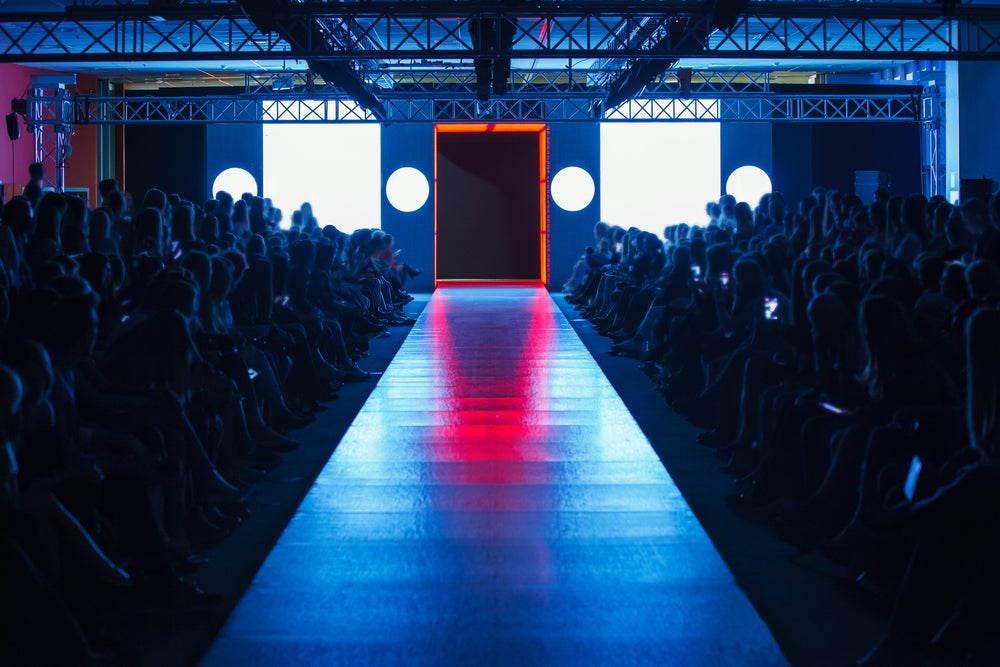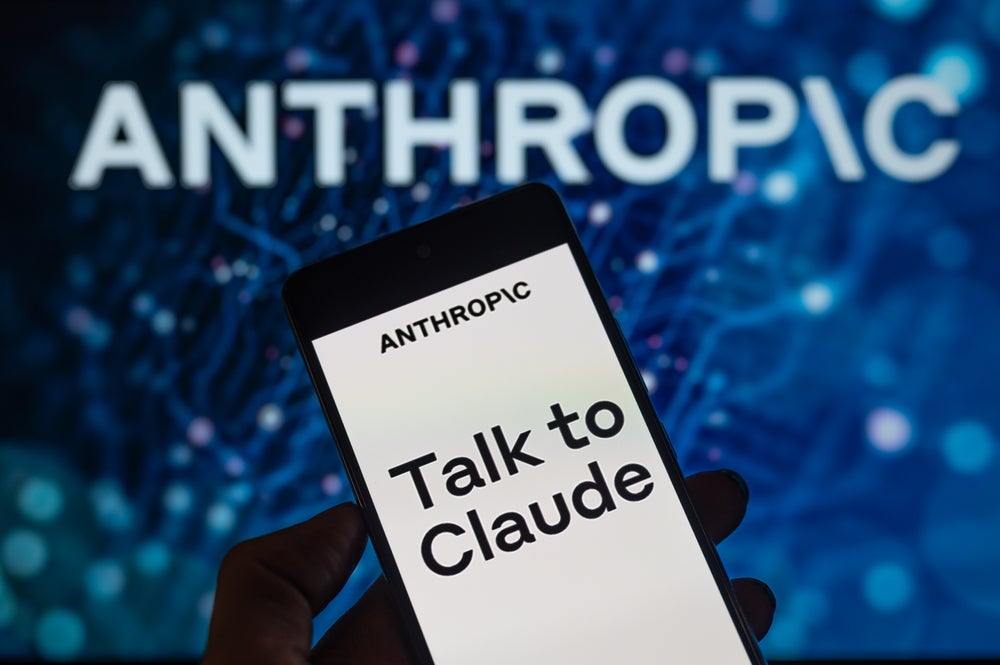
September is when New York, Paris, London and Milan would usually be abuzz with photographers, journalists and influencers all desperate to see their favourite designers’ latest creations. Instead the fashion industry is preparing for another round of digital fashion weeks, with the occasional live event thrown in for good measure. Some brands have opted out altogether in light of the events of the past year.
But this disruption has a silver-lining. The fashion cycle as we know it has finally been broken. Designers have the perfect opportunity to slow down and digitise for a better future. But will everyone be willing to let go of their old ways?
For the past decade, the fashion industry has been caught in a cycle of overproduction and waste. The industry was already at a tipping point before and now the coronavirus pandemic has pushed it over the edge.
Fashion brands big and small have been forced to close down stores, dismiss staff and cancel fashion shows. Yet in the meantime e-commerce sales have soared even as retails stores have reopened. The pandemic has further accelerated the digital shift for shopping, albeit fast fashion included.
Digital versus traditional
The same digital shift can be said for designer brands. In a time where the traditional methods of creating and presenting fashion are a distant memory, the emphasis has been brought back to creativity, with technology at the heart of this. Some designers have tried to resist the need for digitisation. Etro, Dolce & Gabbana and Jacquemus all held physical fashion shows at Milan Digital Fashion Week. Loewe’s Jonathan Anderson’s approach was more unique: sending its guests a show-in-a-box.
But whilst the future still holds much uncertainty, a return to normality is not on the cards for the fashion industry. Yet digital fashion weeks have been and gone without the usual hype and excitement of the runway.
Some designers opted for short films to replace their traditional runway shows, yet the theatricality was missing. Chanel, renowned for its extravagant runway sets, held what was supposed to be the first big digital fashion show of the season in June this year. It came off mostly as tone deaf. Taking place the week after the protests following the death of George Floyd began, its air of escapism contradicted the pressing need to be grounded in the present world, pushing forward toward a brighter future.
Chanel has announced that they will be sticking to the traditional fashion calendar. Because of the introduction of midseason collections, designers with menswear and couture lines in addition to womenswear could be producing and showing up to seven collections a year. Chanel’s decision comes amidst major designers like Gucci and Saint Laurent revealing that they will become season-less. Designers and buyers alike are seeing that this is not the way forward.
A team of designers and retailers led by Dries Van Noten released an open letter calling for a fashion revolution, signed by industry leaders like Gucci, Maison Margiela and Rodarte, to name but a few. The key takeaway from the letter: the fashion industry needs to slow down and reconsider itself. This move suggests that much-needed change may happen.
Harnessing technology
The fact that the conversation that prompted this letter took place over a series of Zoom calls proves the lack of necessity to be in the same room to make big decisions. Technology has changed the way we behave over the last few months and given us previously unthinkable possibilities.
In the shadow of these fashion giants, smaller-scale creatives are making big strides.
This May, Anifa Mvuemba, CEO of Hanifa, used 3-D animation to create and show an entire collection without sewing a thread or dressing a single model. The Congolese designer presented her items, from her Pink Label Congo Collection, via Instagram Live on bodyless forms walking against a black background.
Despite there being no physical models or material involved, the collection captivated the internet, proving it possible make watching digital fashion shows exciting.
“We need to change the system”
Catty Taylor, founder of DIGI-GXL, and Leanne Elliot Young, founder of CommuneEAST, are two young female creatives also revolutionising fashion through technology. Together, they formed The Institute of Digital Fashion. The pair aim to help brands, makers and institutions digitalise collections, fashion shows and whatever artistic content they wish, be that in the form of 3-D rendering or VR experiences.
Leanne Elliott Young said:“Let’s sell creativity, not more clothes. We need to change the system. Be brave and reimagine it; change the marketing language, change the influences, the positioning, the press stories, the education. Change the fashion calendar agenda so that as an industry, we are motivated to buy, be, act and become more sustainable and build a new democratic vision.”
Inclusivity is at the core of DIGI-GXL ethos:
“We want to challenge the hierarchical system of a fashion show with augmented reality, support LGBTQIA+ demographics and typically disenfranchised communities, lower production output with alternative digital renders, build digital universes from 3D garments, digitally cast models of all gender, size and race, and much, much more.”
“As humans we naturally want to touch things”
Moving towards a digital future of fashion does not mean leaving the physical parts behind. It may no longer make environmental or economic sense for hordes of people to travel half-way around the world to sit at shows that will be circulated around the internet within seconds. Nor is it sustainable to mass-produce collections in time for shows that may never be sold.
But the joy of putting on clothes that drives the fashion industry is not going anywhere just yet. After all, as Jonathan Anderson told The Washington Post: “We’re human at the end of the day…As humans we naturally want to touch things.”
Read More: Second-hand september: The startups using technology to take on fast fashion.







